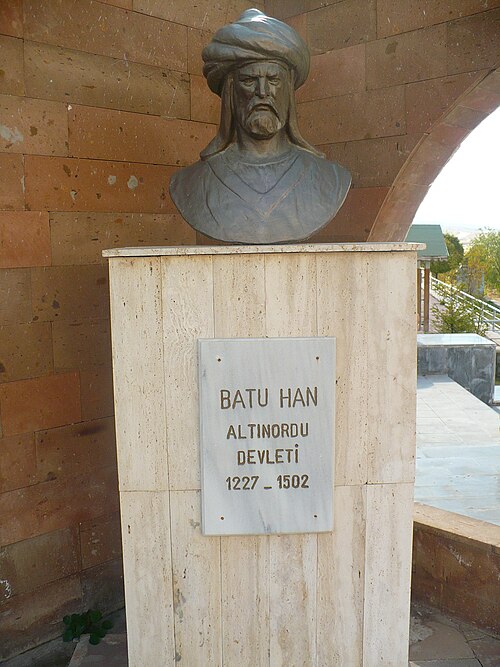Year 1236: A Year of Turbulent Change and Historical Milestones
Year 1236 (MCCXXXVI) was a pivotal leap year starting on a Tuesday in the Julian calendar, marked by significant events across various regions.
By Place
Byzantine Empire
In the spring, a formidable fleet from the republics of Venice, Genoa, and Pisa arrived in Constantinople, led by Geoffrey II of Villehardouin, the ruler of Achaea. He commanded 100 knights, 300 crossbowmen, and 500 archers. Geoffrey, who previously held vassalage under Emperor John I of Constantinople, successfully broke the city’s blockade, sinking 15 Byzantine ships and entering the Golden Horn. Following these events, a treaty was negotiated for a duration of two years, facilitated by Angelo Sanudo, the duke of Archipelago.
Europe
On June 20, the Treaty of Kremmen was signed, with Duke Wartislaw III acknowledging the seignory of Henry Borwin III, lord of Rostock. This treaty followed Henry’s successful expedition against Wartislaw, which saw the conquest of Circipania, including the cities of Gnoien and Kalen. Swietopelk II, Duke of Pomerania (“the Great”), also achieved victories, capturing Schlawe and Stolp.
In June, the Novgorodians elected the 16-year-old Alexander Nevsky as their prince (knyaz), urging him to oversee the city’s military affairs.
On June 29, the Siege of Córdoba concluded with the victory of Castilian forces under King Ferdinand III (“the Saint”) as they captured the Muslim city from Emir Ibn Hud, a significant event in the Reconquista of the Iberian Peninsula.
In July, during a diet in Piacenza, Emperor Frederick II expressed his ambition to reclaim all of Italy for the Holy Roman Empire.
On September 22, the Battle of Saule took place, where the Lithuanians and Semigallians triumphed over the Livonian Brothers of the Sword in Šiauliai, Lithuania.
England
On January 14, King Henry III wed the 14-year-old Eleanor of Provence, one of the four daughters of Raimond Berenguer, count of Provence. The ceremony occurred at Canterbury Cathedral, with Simon de Montfort, serving as Lord High Steward, managing the banquet and kitchen. Eleanor was subsequently crowned queen at Westminster Abbey.
A tournament at Tickhill escalated into a battle between northerners and southerners, but peace was restored thanks to papal legate Otto of Tonengo.
Mongol Empire
The Mongols, under Batu Khan, swept across Central Asia, establishing themselves in the Russian steppe, diminishing the power of the Kievan Rus’, exacting tribute from neighboring territories, and straining ties with the Byzantine Empire. In the autumn, the Siege of Bilär commenced, culminating in Batu Khan capturing the capital city after a prolonged siege that lasted 45 days. The Volga Bulgars, along with the Kipchaks and Alans, were defeated within the year.
The Mongol–Song War saw incursions deep into Southern Song, with the critical city of Xiangyang capitulating to the Mongols.
Asia
On October 10, Razia Sultana, daughter of Mamluk Sultan Shamsuddin Iltutmish, ascended as the first female Muslim ruler of the Indian subcontinent, deposing her half-brother, Ruknuddin Firuz, as sultan of the Delhi Sultanate.
Meanwhile, King Kalinga Magha (“the Tyrant”) was expelled from Polonnaruwa to Jaffna, the capital of the Jaffna Kingdom, located in modern Sri Lanka.
Africa
During this year, the Kouroukan Fouga, the constitution of the Mali Empire, was enacted by an assembly of nobles from the Mandinka clan.
By Topic
Literature
The Goryeo court in Korea commissioned the preparation of another set of woodblocks for printing the Buddhist Tripiṭaka (“Triple Basket”). This effort aimed both to gain protection against the advancing Mongol forces and to replace the earlier 11th-century set that had been destroyed in the previous Mongol incursions.
Religion
Pope Gregory IX condemned the affiliations of both the Knights Templar and Knights Hospitaller with the Assassins in the Middle East. He issued a papal bull formally prohibiting further interaction with the Assassins.
On May 6, Roger of Wendover, an English Benedictine monk and chronicler, passed away at St Albans Abbey. His chronicle was subsequently continued by Matthew Paris.
Notable Births
- January 1 – Baldwin de Redvers, English nobleman (d. 1262)
- June 6 – Wen Tianxiang, Chinese poet and politician (d. 1283)
- June 8 – Violant of Aragon, queen consort of Castile (d. 1301)
- October – Qutb al-Din al-Shirazi, Persian polymath and poet (d. 1311)
- after October – Alice de Lusignan (or Angoulême), French-born English countess (d. 1290)
- November 8 – Lu Xiufu, Chinese general and politician (d. 1279)
- Others include Albert I, Duke of Brunswick-Lüneburg, Bayan of the Baarin, and Elizabeth of Hungary.
Notable Deaths
- January 14 – Sava (“the Enlightener”), Serbian archbishop
- May 6 – Roger of Wendover, English monk and chronicler
- July 18 – Valdemar of Denmark, Danish bishop and statesman
- November 15 – Lope Díaz II, Castilian nobleman
- Additionally, many other prominent figures from various domains met their demise, marking the end of significant eras.
The events of 1236 resonate through history, showcasing a tapestry of political, cultural, and social transformations that continue to impact the world today.

